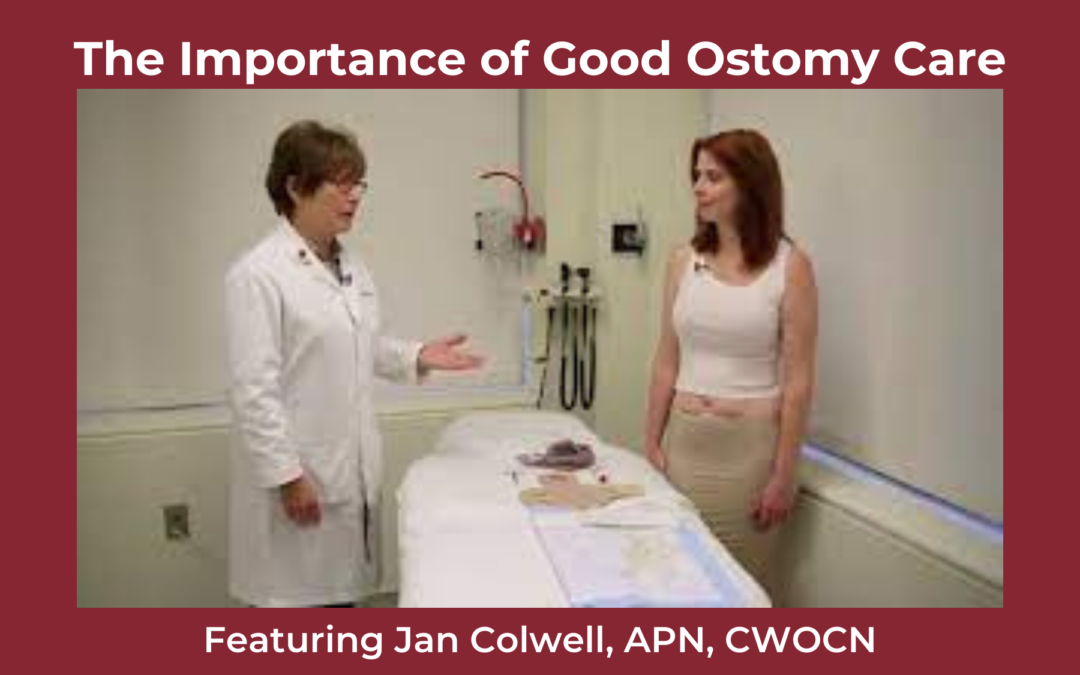Life with an ostomy is often a net-positive change for patients who have endured months or years of bowel dysfunction, or who are at risk for life-threatening diseases like colon cancer. But creating an ostomy requires major changes to a patient’s body, and can cause difficulty. Patients must adapt to caring for their ostomy on their own, and must ensure they are using the correct pouching system. They also must ensure that the pouching system is carefully sealed around their stoma, so that they do not have leakage, experience odor, or soil their clothes.
“The first three months following surgery is critical for a patient with an ostomy because that’s the period of adjustment. That’s when they’re healing; that’s when their body changes. Receiving education while in the hospital is a start, but for those first three months, they need really excellent follow-up,” explains Janice Colwell, APN, CWOCN at the University of Chicago Medicine, and Director of the Ostomy Care Clinic. Colwell and the Ostomy Care Clinic work with patients on to provide support to patients on both medical factors, and practical considerations, like how to conceal an ostomy bag under clothes. The team helps to reassure patients and help them return to their normal activities.
Another factor for patients related to quality of life is peristomal skin complications (inflammation, wetness, pain, and abrasion), all of which can lead to infection and a poor pouch seal. However, with proper post-surgical care, patients can learn to mediate all of these issues.
“If you look at quality of life studies, the risk for many patients without access to good follow-up care is that they struggle with the basics; they don’t have the right pouching system; they are not educated on how to use it properly, and so they can’t get back to their normal routines and everyday life,” explains Colwell.
Explains Colwell, “Ostomy surgery just reroutes the bowel to a new opening. I always tell our patients, ‘Everything else will work the same. You probably can eat everything that you want to eat. You can do all the activities you want to do. It’s just a new route’. But I always acknowledge that it takes some time to get there. There’s an adjustment because everybody is different. But we’re the people here to help you make that adjustment. And we will stay with you, as long as it takes.”

